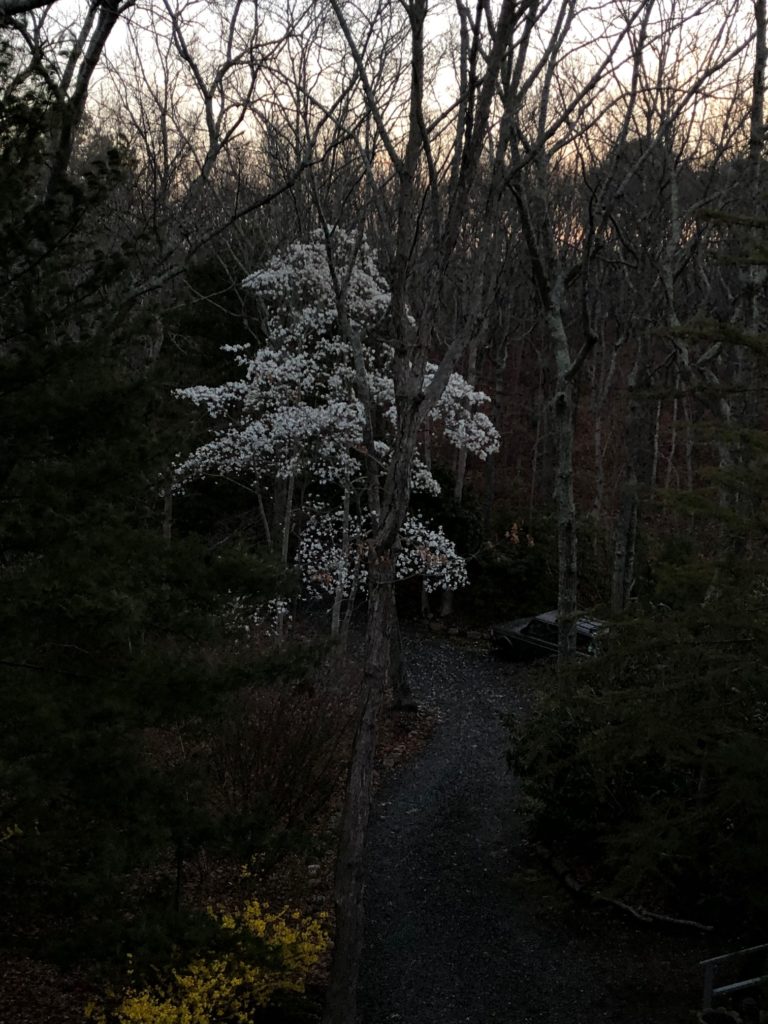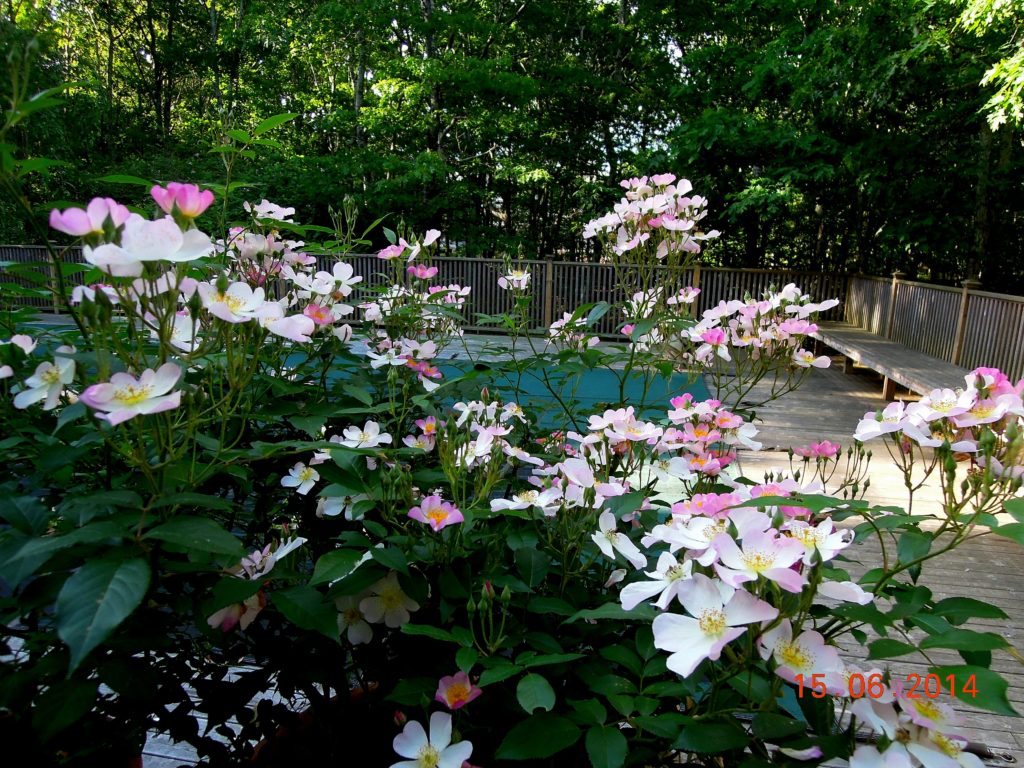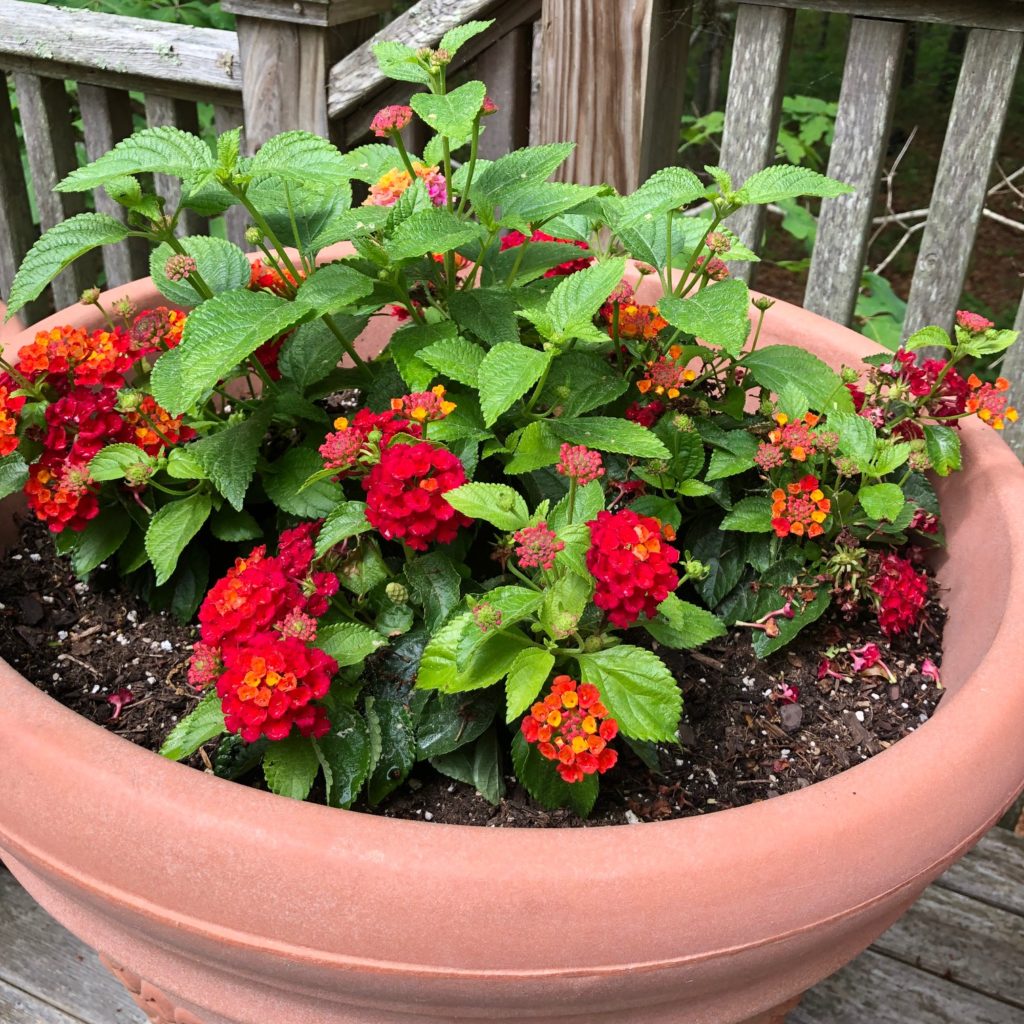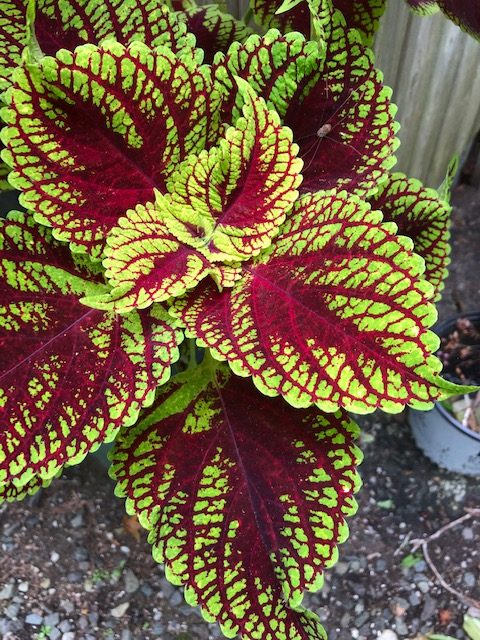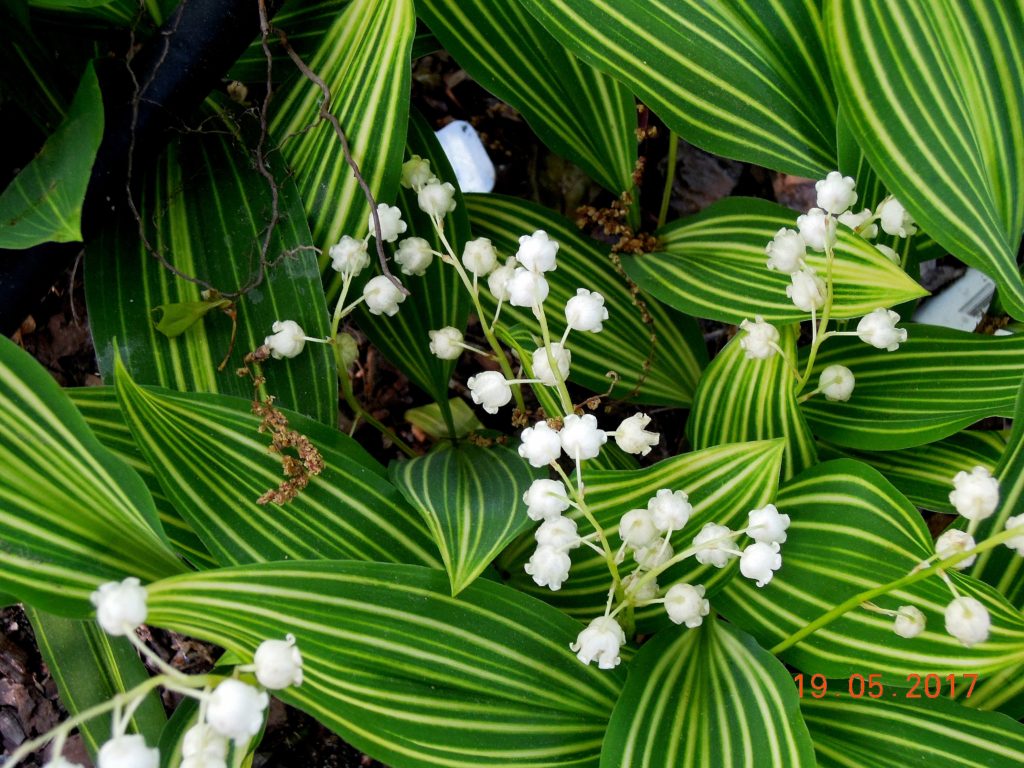There was a time in English garden history when the ne plus ultra ornament of a stately home garden was a hermitage and a hermit. Hard to believe, but true. In his play, Arcadia, set in the year 1809 at Sidley Park—a 500-acre country house–Tom Stoppard exposed the absurdity of the practice. Below, Lady Croom and her landscape architect Richard Noakes discuss the hermitage:
“Lady Croom: And who is to live in it?
Noakes: Why, the hermit.
Lady Croom: Where is he?
Noakes: Madam?
Lady Croom: You surely do not supply a hermitage without a hermit?
Noakes: Indeed, madam—
Lady Croom: Come, come, Mr. Noakes. If I am promised a fountain I expect it to come with water. What hermits do you have?
Noakes: I have no hermits, my lady.
Lady Croom: Not one? I am speechless.
Noakes: I am sure a hermit can be found. One could advertise.
Lady Croom: Advertise?
Noakes: In the newspapers.
Lady Croom: But surely a hermit who takes a newspaper is not a hermit in whom one can have complete confidence.”
I can appreciate Lady Croom’s frustration. These days it is difficult for gardeners to have complete confidence in anything. Surely not the weather. Or our good health — or even survival. But we find joy in our gardens, in our plants. Like Noakes, I don’t have any hermits. But I do have confidence in these beautiful, fragrant, healthy roses that have flourished in my organic garden:
Rosa ‘Golden Fairy Tale’ Z 5-9 is an award-winning Kordes rose introduced in 2004. Kordes roses are grown in Germany without toxic pesticides and undergo years of extensive testing before they are offered for sale. Golden Fairy Tale has a lovely fragrance, blooms from June to frost, and enjoys outstanding disease resistance. Yellow roses are particularly prone to blackspot but not this yellow rose. The abundant flowers are large and multi-petaled like old fashioned roses and the shrub can grow to 6 feet. Photos below.

copyright 2020 – Lois Sheinfeld

copyright 2020 – Lois Sheinfeld
One morning, I was shocked to find numerous de-flowered stems along with the detritus of the loathsome crime. Photos below.

copyright 2020 – Lois Sheinfeld

copyright 2020 – Lois Sheinfeld
Who done it? The deer? The wild turkeys? The butler? The hermit?
It was SQUIRRELS!!! We caught the rose-chomping varmints in the act.
Five bird feeders aren’t enough? Do they have to eat the roses too? And they didn’t stop with Golden Fairy Tale. Let’s just say that for a time there wasn’t a need for a lot of rose deadheading. Apart from yelling and throwing tennis balls at them, we haven’t yet devised a fail-safe squirrel prevention solution.
Rosa ‘Summer Sun’ Z 5-9 is my latest award-winning Kordes rose addition. This showy, fragrant, recurrent bloomer has clusters of multi-petaled orange-pink flowers with a creamy-yellow reverse, and glossy, dark green foliage with excellent disease-resistance. It has been disease-free and winter-hardy here for four years and running. Lovely in the garden and in the house. The shrub grows to a compact three feet and thrives in a large container. Photos below.

copyright 2020 – Lois Sheinfeld

copyright 2020 – Lois Sheinfeld
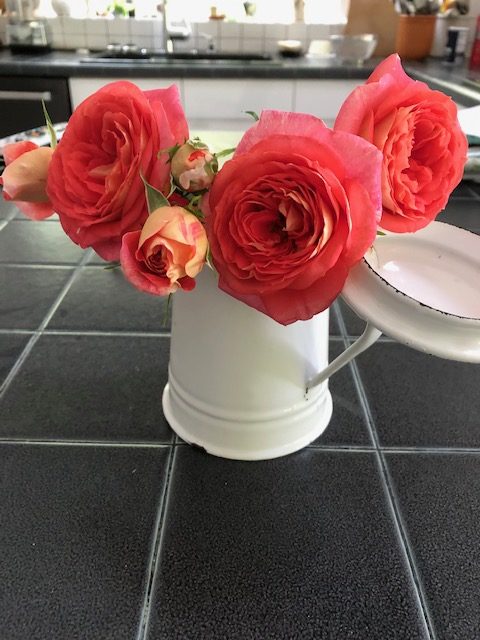
copyright 2020 – Lois Sheinfeld
Rosa ‘Leander’ Z 5-11 is the first rose I planted in my garden. I saw it on a garden tour and had to have it. That was about thirty years ago. It is a David Austin English Rose introduced in 1982. Austin bred roses for beauty of form and for fragrance. And he succeeded. Most of his roses are fragrant and drop-dead gorgeous. As is Leander. But unlike many other Austins I have tried which were overcome with blackspot, R. ‘Leander’ is disease-resistant — an essential asset in an organic garden. While classified as a shrub, it can be grown as a climber. The rose can grow to twelve feet and in my garden happily lends an arm to grace an arch. Leander has orange flower buds that open to orange flowers that change to apricot and finally fade to white. Dazzling at every stage. Photos below.
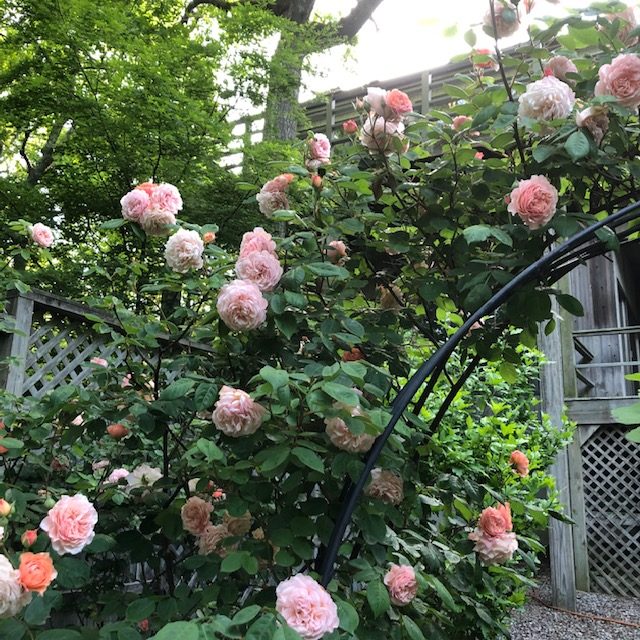
copyright 2020 – Lois Sheinfeld

copyright 2020 – Lois Sheinfeld

copyright 2020 – Lois Sheinfeld
Masses of flowers are produced from late May to early July, but while Leander may produce a blossom or two in the fall, it isn’t a recurrent bloomer. At least it hasn’t been for me. Yet, I would not want to be without it.
For more rose photos and information click on Roses under CATEGORIES.
Finally, many States in the U.S. are now suffering a catastrophic, alarming surge of the coronavirus. New York State is not among them. Thank you, Governor. When you speak, we listen.
All of us.

copyright 2020 – Jessica Amsterdam
Have a wonderful and safe 4th of July!





